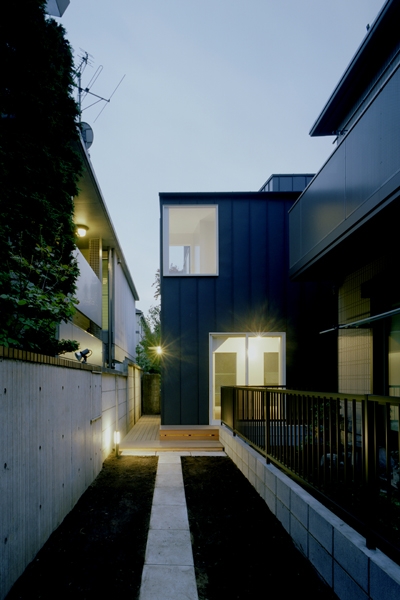幾何学形態は不完全
立面が三角形や四角形や円に見える立体である幾何学形態は、単純で、それ自体で完成された完璧な形だと考えるのだが、どうしても、いや、まだ、そこに何かを足せるような気がして、不完全なものに思える。
その幾何学形態を組合せた幾何学模様は、その組合せの仕方で、無限とも言えるくらいの模様を生み出すことができるから、そういう意味では、幾何学形態は汎用性が高い。
様々な自由な形態を単純化していく時には、単純な幾何学形態の組合せに分解していくから、世の中にあるほとんどの形は単純な幾何学形態だけでは成り立っていない。だからか、単純な幾何学形態を見ると物足りず、何かを足したくなる、不完全な形に思える。
完成度は高いが不完全だと、モダニズム建築の幾何学形態を見るといつも思う。
"Geometric forms are imperfect"
I think that a geometric form whose elevation is a solid that looks like a triangle, square or circle is a simple, perfect form that is completed by itself. It feels imperfect.
A geometric pattern obtained by combining the geometric forms can produce an infinite number of patterns in the manner of the combination. In this sense, the geometric forms are highly versatile.
When simplifying various free forms, they are broken down into combinations of simple geometric forms, so most forms in the world cannot be made up of simple geometric forms alone. That's why looking at simple geometric forms seems incomplete, making you want to add something.
When you look at the geometrical forms of modernist architecture, I always think it is perfect but incomplete.

